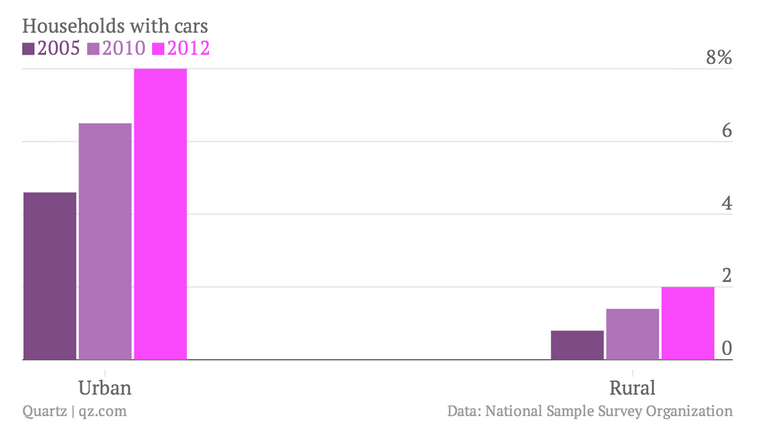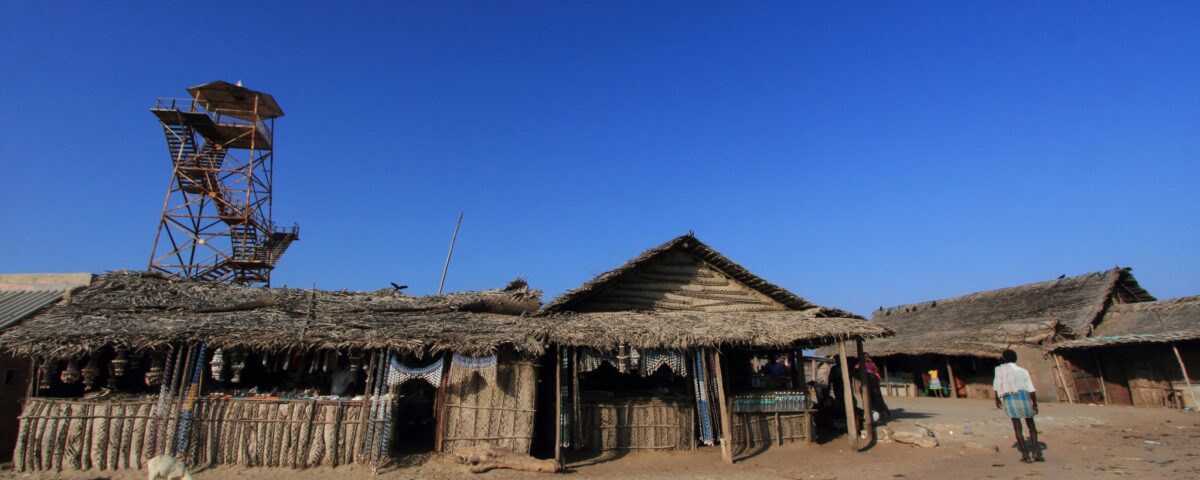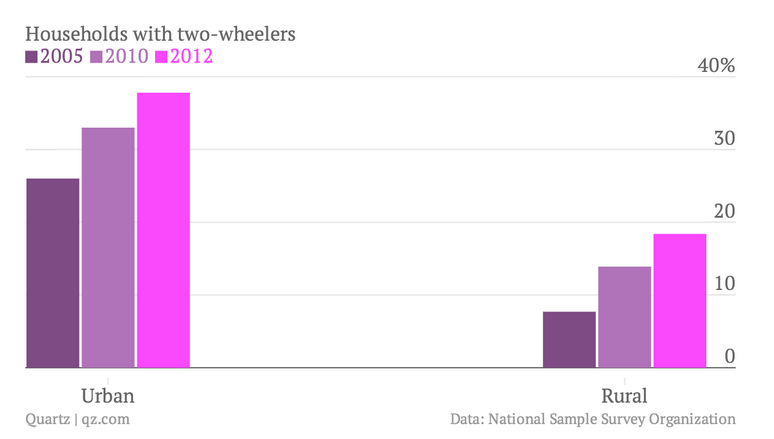
A Speedy Summary of Spending in the US Federal Budget
July 6, 2014
The Reason I Will Return to My Local Movie Theater
July 8, 2014There is a village in Southern India called Kadapakkam. It had been a home to farmers and fishermen whose thatched huts had no running water and no electrical appliances. At traditional tea shops located at the side of the local, narrow and potholed road, you could meet a friend. One 62 year-old postman spoke of getting married at home. He had no music, no photographer, and they ate sitting on the ground. As for a dowry, you paid what you could afford.
Where are we going? To the impact that a new 435 mile highway (700 kilometers) had on Kadapakkam’s development.
Business boomed. As a place to stop along the new East Coast Road that stretched across the entire state of Tamil Nadu, Kadapakkam found itself with new air conditioned coffee shops and commercial establishments that sold Armani, Adidas and pizza. Agricultural acreage diminished as land became more valuable. Concrete homes were built with washing machines, refrigerators and televisions. Cell phone towers multiplied. One photographer explained that new marriage halls along the road vastly expanded his business as did the accessibility of distant places. One tea shop owned by the same family for 58 years had more customers than ever before.
Quickly though, the village culture changed. The 62-year old postman said he was no longer respected. People were becoming more “money-minded.” You could pay 50 rupees for a cup of tea at a coffee shop or 8 rupees at a traditional tea shop. Tension had intensified. There was more noise and pollution. One man said, “Old is gold, and you should never forget the past.”
The graph below shows the increase in car ownership in India.

From: Quartz While the increase in rural car ownership in places like Kadapakkan looks relatively small, the proportional increase is much greater than for urban areas.
The number of households with motorcycles and other 2-wheelers has also soared:
Our bottom line: Kadapakkam is an Indian development story. Told through statistics, development involves more cars, more appliances, healthier diets. A story of one village, though, conveys the economic, cultural and environmental tradeoffs.
![econlifelogotrademarkedwebsitelogo[1]](/wp-content/uploads/2024/05/econlifelogotrademarkedwebsitelogo1.png#100878)





